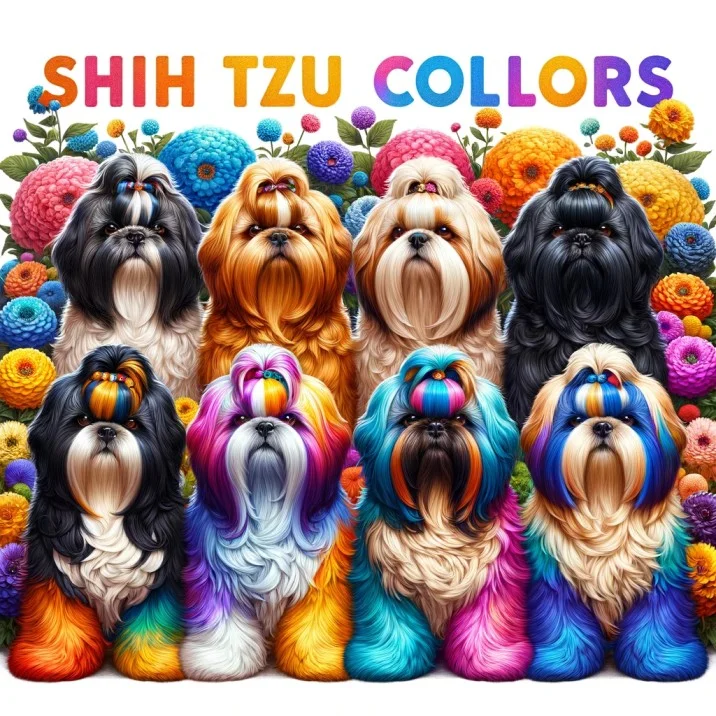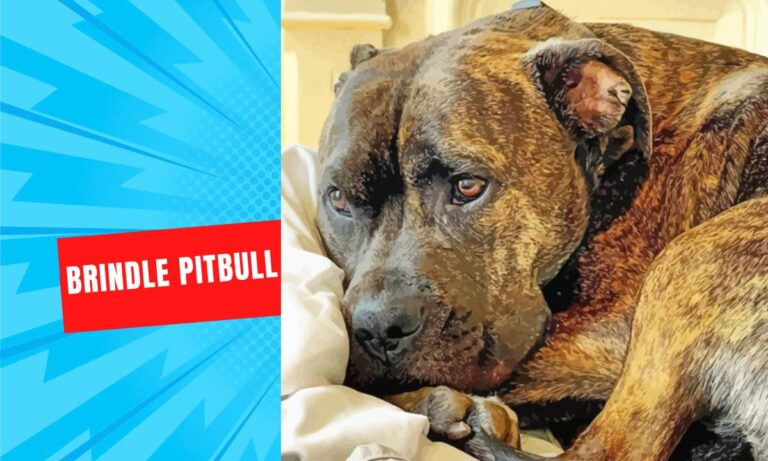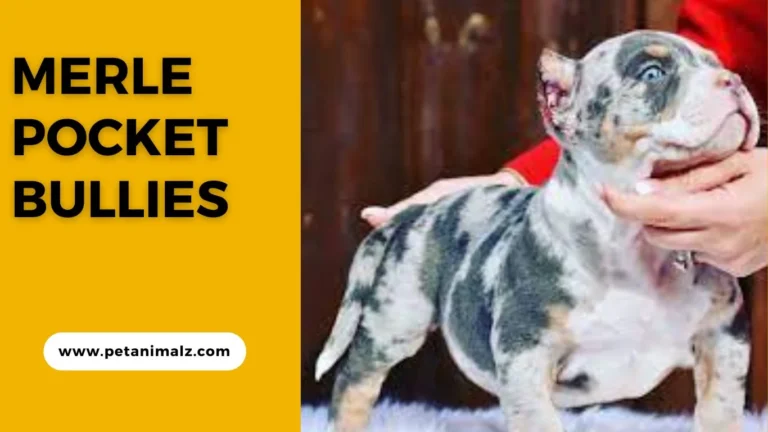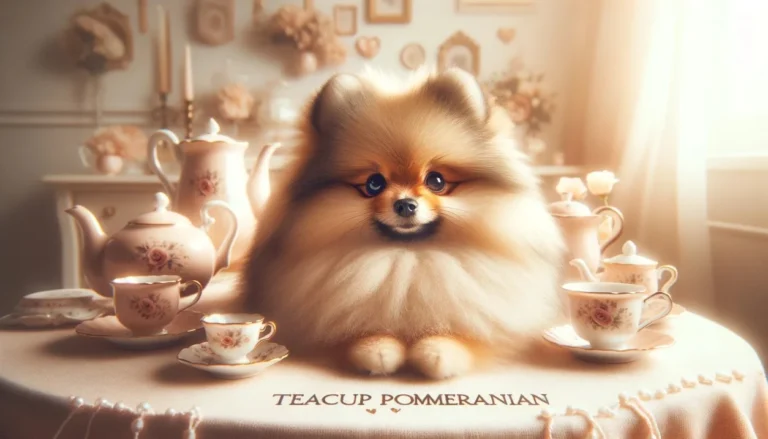Shih Tzu Colors: Your Complete Guide
Introduction:
Dive into the world of Shih Tzu colors and discover the beauty and variety of this beloved breed.
- The Shih Tzu, often referred to as the “Lion Dog”, has a rich history that dates back to ancient China. These royal canines were cherished by emperors and were often depicted in Chinese art.
- The significance of their coat colors is not just about aesthetics. Historically, certain colors were more favored in royal courts, and over time, breeders have worked to maintain and enhance these vibrant hues.
The Basics of Shih Tzu Colors
- At the heart of the Shih Tzu’s colorful coat is its genetic makeup. Just like in humans, genes determine the color of a Shih Tzu’s coat. These genes come in pairs, with one inherited from each parent, and they dictate the color and pattern of the dog’s fur.
- The importance of coat color in breed standards cannot be overstated. While all colors and markings are technically permissible in the breed standard, some colors are more sought after in dog shows and competitions.
Detailed Overview of Shih Tzu Colors
- Solid Colors:
- Black: A deep, glossy black without any other color markings.
- White: Pure, snowy white, often with a hint of silver.
- Gold: Ranges from light gold to deep, rich shades.
- Mixed Colors:
- Brindle: A mix of dark and light strands, giving a tiger-stripe effect.
- Black and White: A tuxedo-like appearance, often with a white blaze on the face.
- Gold and White: A beautiful blend of gold patches on a white base.
- Rare Colors:
- Blue: Not truly blue, but a diluted black that appears slate gray.
- Liver: A rich, warm brown color, often with a liver-colored nose.

The Role of Genetics in Determining Shih Tzu Colors
- The world of genetics is fascinating, especially when it comes to determining the color of a Shih Tzu’s coat. Specific genes control different colors and patterns. For instance, the gene for black color is dominant over the gene for liver color.
- The inheritance pattern of these colors can be predicted to some extent. If both parents carry the gene for a particular color, there’s a higher chance their offspring will exhibit that color. However, surprises can always occur, making each Shih Tzu unique in its own right.
Changing Colors as Shih Tzus Age
- Puppies vs. Adults: It’s a delightful surprise for many Shih Tzu owners to find that their puppy’s coat can undergo a transformation as they mature. While a puppy might start with a darker shade, it can lighten as they grow into an adult. Conversely, some light-colored puppies might develop darker shades or markings with age.
- Factors influencing color changes:
- Genetics: The interplay of genes from both parents can influence color changes.
- Environment: Sun exposure can sometimes lighten the coat.
- Diet and nutrition: A well-balanced diet can influence the richness of the coat color.
Grooming Tips for Different Shih Tzu Colors
- Special care for lighter vs. darker coats:
- Lighter coats: These can show dirt and stains more easily, especially around the eyes and mouth. Regular cleaning and wiping can help maintain the coat’s pristine appearance.
- Darker coats: While they might not show dirt as readily, they can become dull if not properly cared for. Regular brushing can help maintain their shine.
- Products to enhance and maintain coat color:
- Color-enhancing shampoos: These are designed to bring out the vibrancy of specific colors.
- Conditioners: They can help in maintaining the softness and shine of the coat, irrespective of its color.
The 7 Official Shih Tzu Colors
The Shih Tzu, a toy breed known for its friendly disposition and luxurious coat, comes in a variety of beautiful colors. Recognized by the American Kennel Club (AKC), these colors are the official standards for the breed. Here are the seven official Shih Tzu colors:
- Black
- Blue
- Brindle
- Gold
- Liver
- Red
- Silver
AKC Shih Tzu Patterns
In addition to the standard colors, the AKC also recognizes certain coat patterns for the Shih Tzu. These patterns can appear in combination with the aforementioned colors, leading to a diverse range of appearances for this charming breed.
FAQs
Do Shih Tzus change color as they grow?
Yes, Shih Tzus can and often do change color as they transition from puppies to adults. This change is influenced by a combination of genetics, environment, and nutrition.
How to predict the color of Shih Tzu puppies?
While genetics play a significant role, predicting the exact color of Shih Tzu puppies can be challenging. However, looking at the colors of the parents and even grandparents can give a general idea.
What is the most common Shih Tzu color?
The most common colors are often a mix, such as black and white or gold and white. However, the popularity of specific colors can vary by region and breeder preferences.
What color Shih Tzu is popular?
The most popular colors for Shih Tzus are often a mix, such as black and white or gold and white. However, the popularity of specific colors can vary by region and breeder preferences.
How can you tell what color your Shih Tzu is?
You can determine the color of your Shih Tzu by examining its coat. Look for dominant colors, patterns, and any markings. If uncertain, a vet or a professional breeder can provide insights.
Conclusion:
Shih Tzu tones are a spellbinding impression of the variety’s magnificence and variety. From exemplary mixes highly contrasting to intriguing shades, for example, blue and liver, each Shih Tzu flaunts its interesting range. The variety in their jackets isn’t just a consequence of mind-boggling hereditary factors yet in addition a great quality that can change with age, making each canine genuinely unique.
These variety changes, alongside the complicated examples that decorate their jackets, upgrade the Shih Tzu’s visual allure and add to its perseverance through ubiquity among canine sweethearts. Whether you lean toward the rich profundity of a dim coat or the striking difference of blended designs, a Shih Tzu jacket is dependably a declaration of its uniqueness.
Past feel, the magnificence of their jacket fills in as the need might have arisen to keep up with it, making preparing a fundamental piece of Shih Tzu possession. At last, the dynamic, consistently developing shades of a Shih Tzu are only one of the many reasons this breed is valued all over the world.




